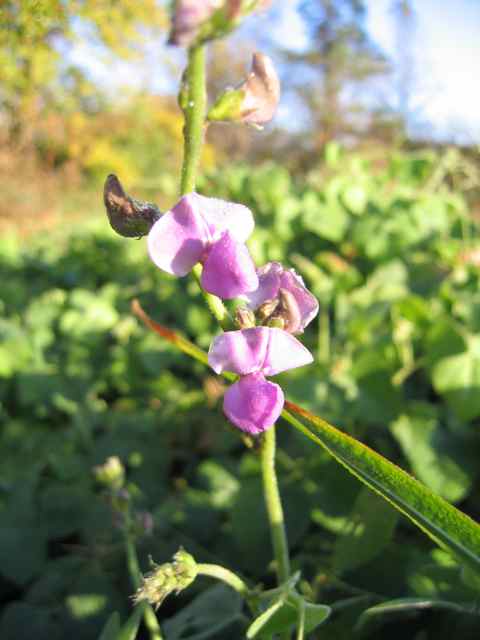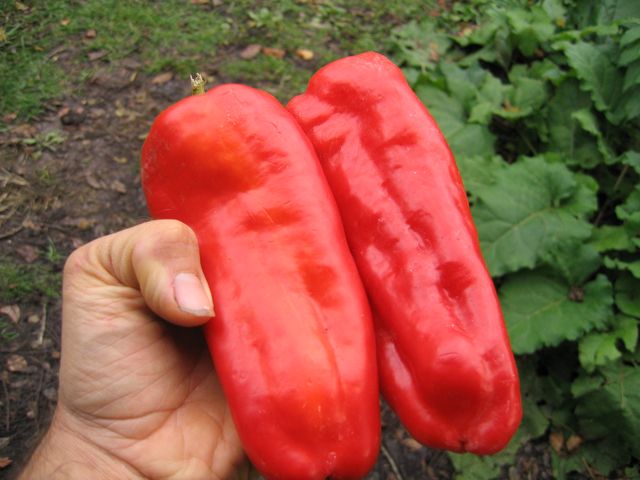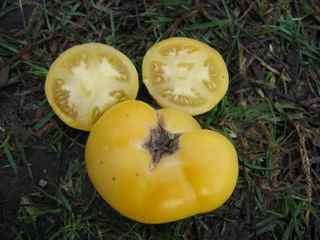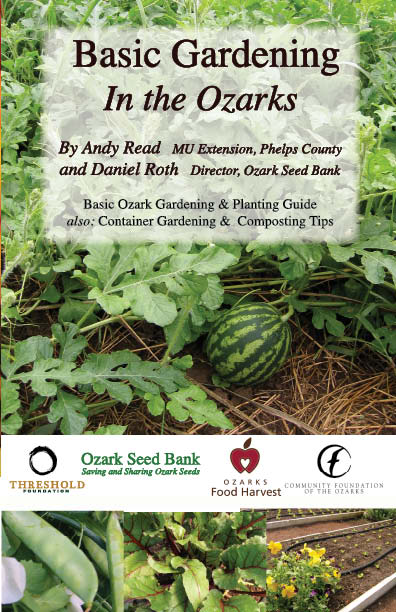Home... -.Contact. -..Members. - Mission & Vision.-... Seed Bank News |
||
preserving biodiversity, |
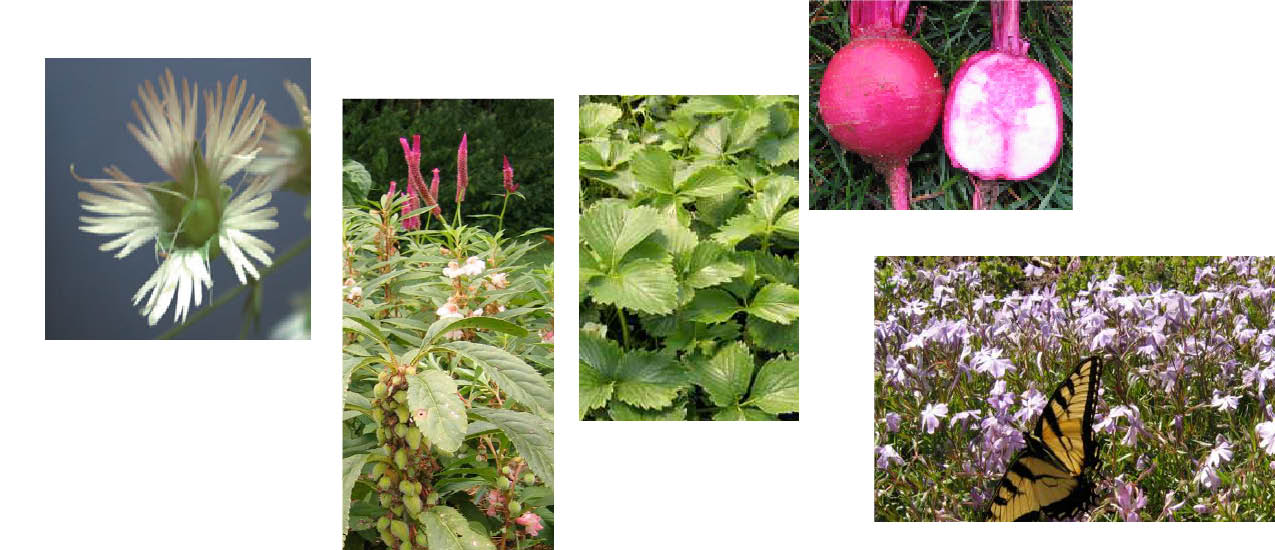 |
|
Thank you to all of our members, |
||
SEED STORE
|
2010 Seed Trials A Project Of North Central SARE
INCREASING THE BIODIVERSITY OF OZARK SEEDS These seed trials were a collaborative effort. 3 farms participated, and results were shared by Missouri University Extension. The seeds trialed were provided by University of Central Arkansas and had been collected from heirloom seed savers in the Ozarks of northern Arkansas. Below are the Varieties that were subject to seed trials , followed by brief summaries of conclusions about each one.
RED RIPPER COWPEA soil condition of test plot: 8" of garden soil over gravelly subsoil, amended with rabbit manure and compost --- RICE PEA soil condition of test plot: 8" of garden soil over gravelly subsoil, amended with rabbit manure and compost --- LITTLE BLUE BEAN soil condition of test plot: 8" of garden soil over gravelly subsoil, amended with rabbit manure and compost --- Lab Lab Purple Hyacinth Bean Seed provided by Diversity organic collection Growing conditions: sandy soil amended with compost. --- seed provided by J. Henderson, Alton, MO soil conditions, very sandy, well drained river bottom. --- Bolivian Rianbow Pepper From Diversity Organic Seed Collection growing conditions: planted in greenhouses. rich soil fertilized with composted cow manure and hay. greenhouses had no shade cloth, or fan ventiliation. Irrigation: watered by hand with hose daily or every other day. --- Giant Musselberg Leeks
--- Andean Sweet Pepper from the Diversity Organic Collection Andean is remarkable pepper for its similarity to most sweet/hot "anaheim" type peppers, but with peppers twice or more in size than an Anaheim. Averaging 6 peppers per plant, this is a very promising crop choice for market gardeners or farms that service restaurants and chefs. not a difficult crop to grow, and seeds were plentiful and easy to harvest as well. The plants had no significant diease or insect problems, and --- Golden Self-Blanch Celery from the Diversity Organic Collection Trials planted in 2 circumstances: one was outdoors in a sandy soil amended with composted cow manure and irrigated with soaker hose; the other trial was inside greenhouse with overhead water daily. --- Yellow Belgium Tomato from Diversity Organic Collection Growing Conditions: fertile, sandy soil amended with lime and composted cow manure. Irrigation: soaker hose. planted at 24" spacing Bartley Okra from University of Central Arkansas Growing Conditions: normal garden soil for the Ozarks: ~6 – 8”of soil on top of gravelly subsoil, amended with compost and rabbit manure. --- Genovese Basil from Diversity Seed Collection Growing Conditions: greenhouse; fertile, sandy soil amended with composted cow manure and hay. Irrigation: daily overhead watering. --- Bushel Basket Gourd from Diversity Organic Collection Growing Conditions: riverbottom field with no amendments, irrigated twice as a seedling, then no added water. fenced from deer.
from Diversity Organic Collection Ken Early Bush: Seed obtained from Diversity Organic Collection. The seed was planted in late June. They received
drip irrigation, but had problems with germination. The plants did fair Walking Stick Bean: Seed germination was good. Plants were fair and produced a thin green pod with Okra: Heritage Okra: Germination was good. The plants were beautiful. They grew 4-5 feet with horn-shaped Clemson Spineless: Germination was good. These plants grew 8-12 ft with right through the hottest part Melon: Early Hanover: Germination was good. A hard year for melons because the hot and dry conditions.
: : Help build this seed database by sharing information about seeds you have grown... Use the form below to tell us about yourself
|
Lab Lab (Purple Hyacinth Bean)
Andean Sweet Pepper
Yellow Belgium Tomato
|
Informational resources:
Download the Basic Gardening Guide ___ SEED RESEARCH ___ Medicinal Plant Database Information about growing Chinese
|
||
|
||



